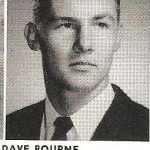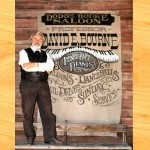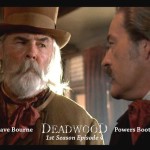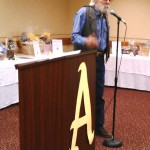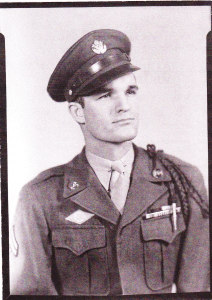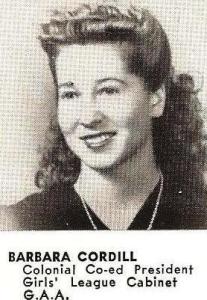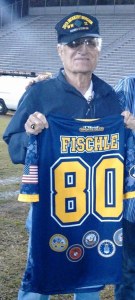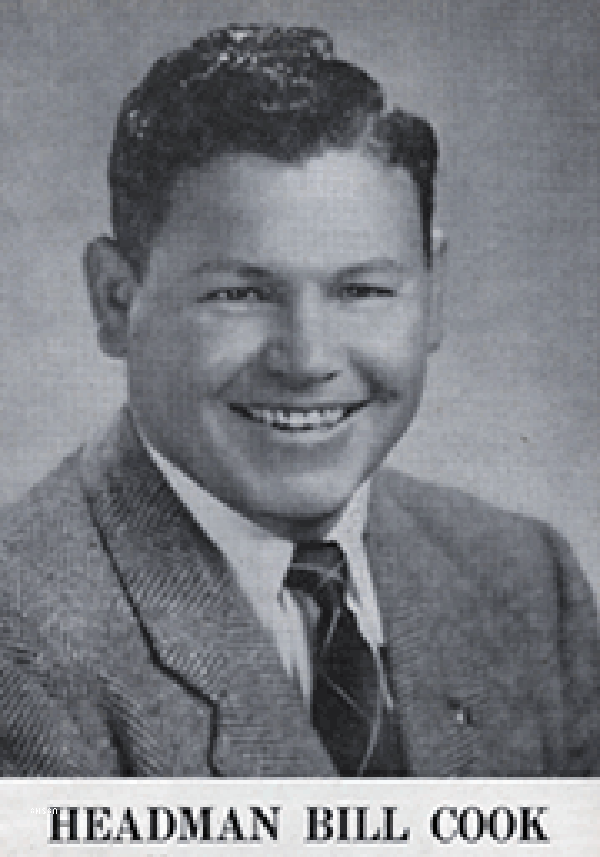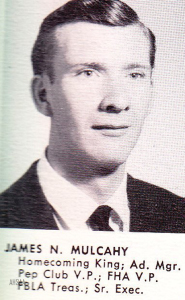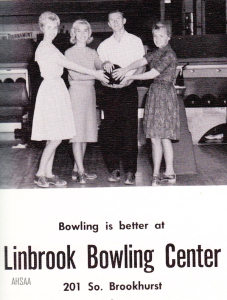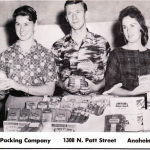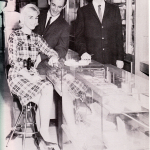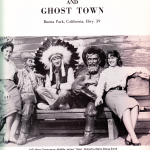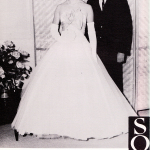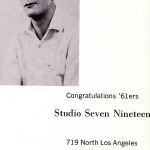 Terence J. Troup is the author of This Day in Football – A Day-by-Day Record of the Events That
Terence J. Troup is the author of This Day in Football – A Day-by-Day Record of the Events That  Shaped the Game, which contains a full football season of facts, history, and nostalgia. It will tell you the date the passes-attempted record was broken (94 on Nov. 1, 1953) as well as the game in which a defensive tackle lined up as a tight end and made the only touchdown reception of his career (William Perry, Chicago Bears, Nov. 3). You will learn, for example, that Oct. 14, 1951, is notable for being the day Detroit Hall of Famer Jack Christiansen set a new record for most punt return yards in a game against the Rams―a record broken again later that same day by Emlen Tunnell of the Giants. (What are the odds?)
Shaped the Game, which contains a full football season of facts, history, and nostalgia. It will tell you the date the passes-attempted record was broken (94 on Nov. 1, 1953) as well as the game in which a defensive tackle lined up as a tight end and made the only touchdown reception of his career (William Perry, Chicago Bears, Nov. 3). You will learn, for example, that Oct. 14, 1951, is notable for being the day Detroit Hall of Famer Jack Christiansen set a new record for most punt return yards in a game against the Rams―a record broken again later that same day by Emlen Tunnell of the Giants. (What are the odds?)
He also wrote The Birth of Football’s Modern 4-3 Defense: The Seven Seasons That Changed the NFL. From 1953 to 1959, professional football’s offensive and defensive tactics were in a transitional phase. As teams developed innovative strategies to attack the 5-2-4 defense, passing efficienc y improved. In an attempt to counter this newfound passing success, the 4-3-4 defense evolved. This crucial shift in strategies is often overlooked in histories of the NFL, yet its impact on the game is still seen today.
y improved. In an attempt to counter this newfound passing success, the 4-3-4 defense evolved. This crucial shift in strategies is often overlooked in histories of the NFL, yet its impact on the game is still seen today.



